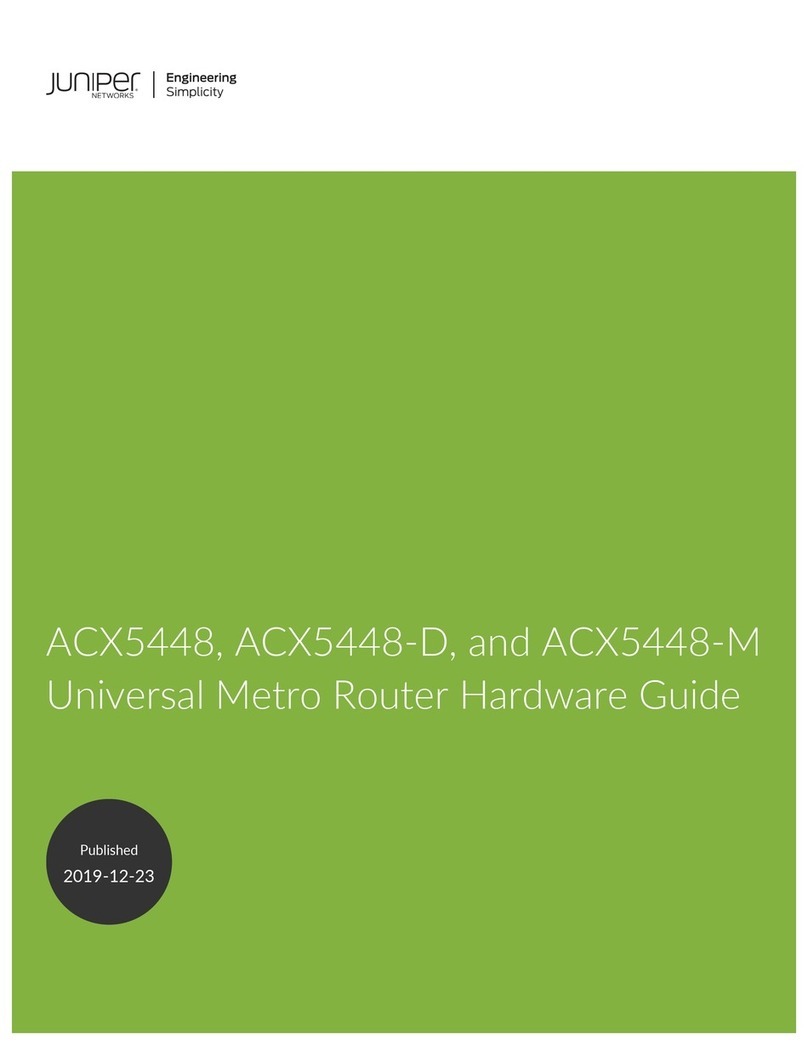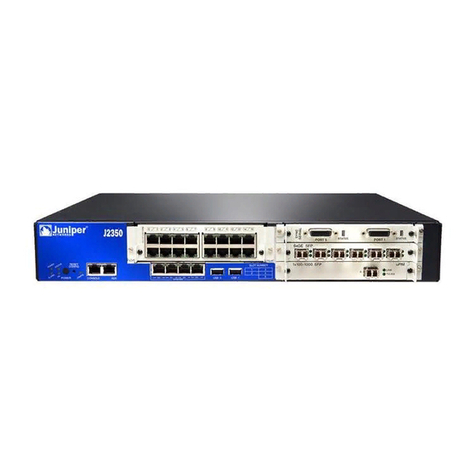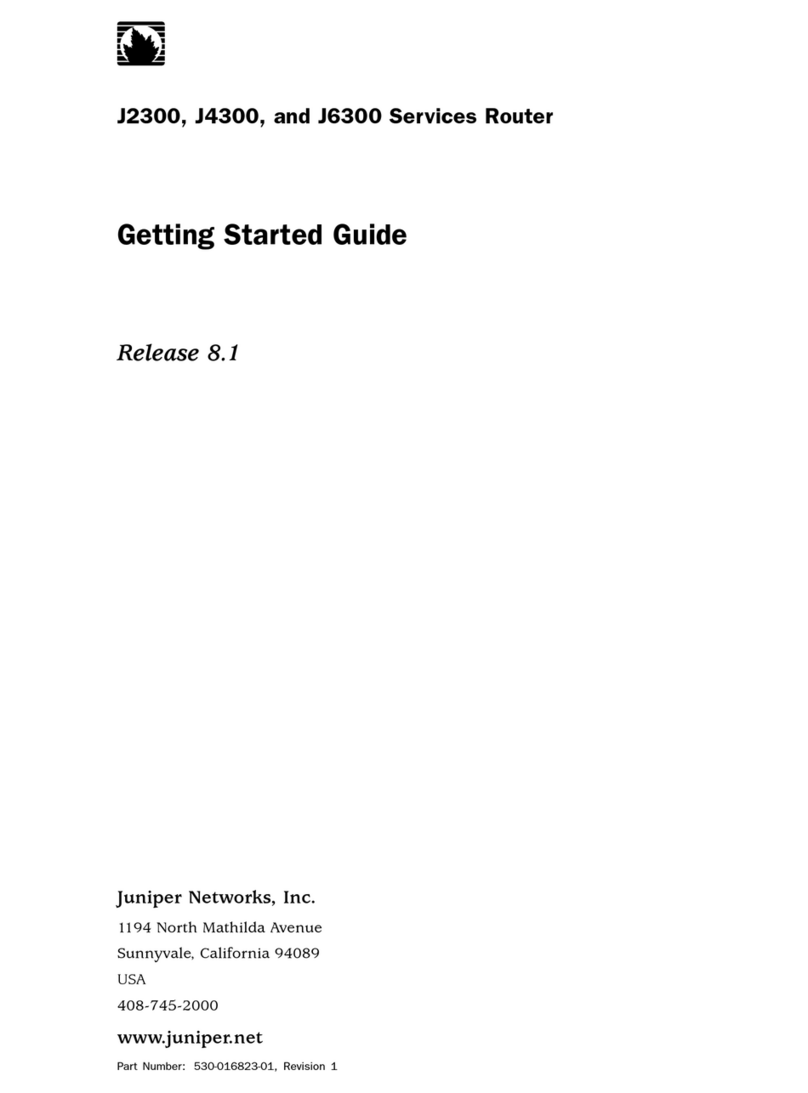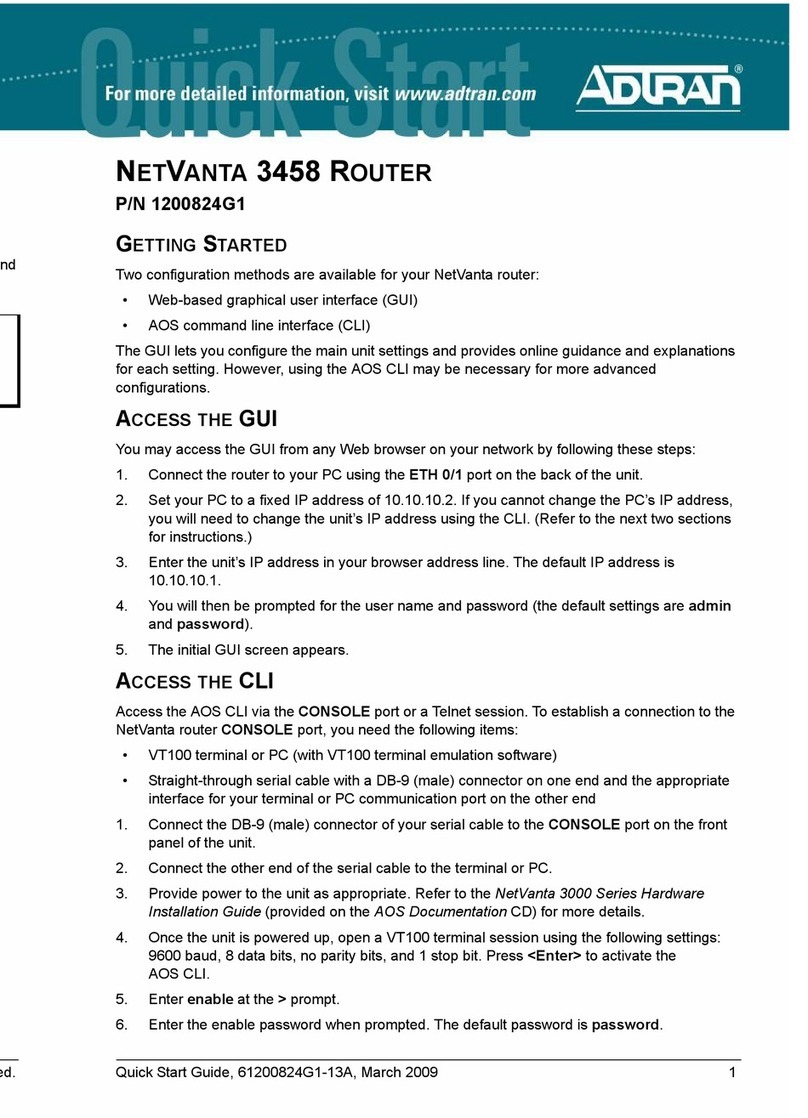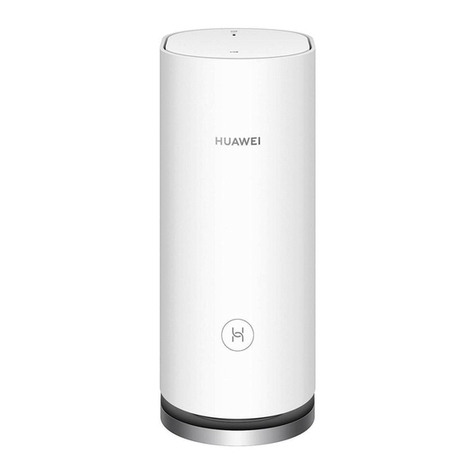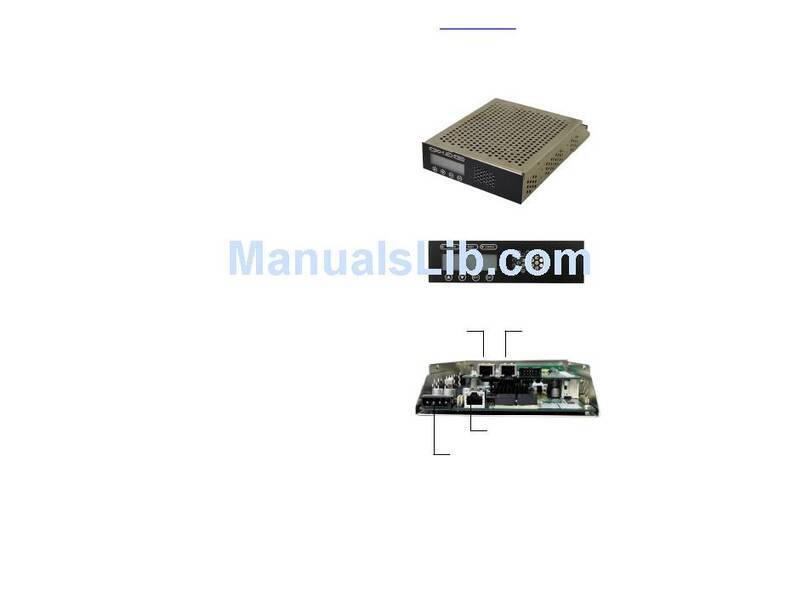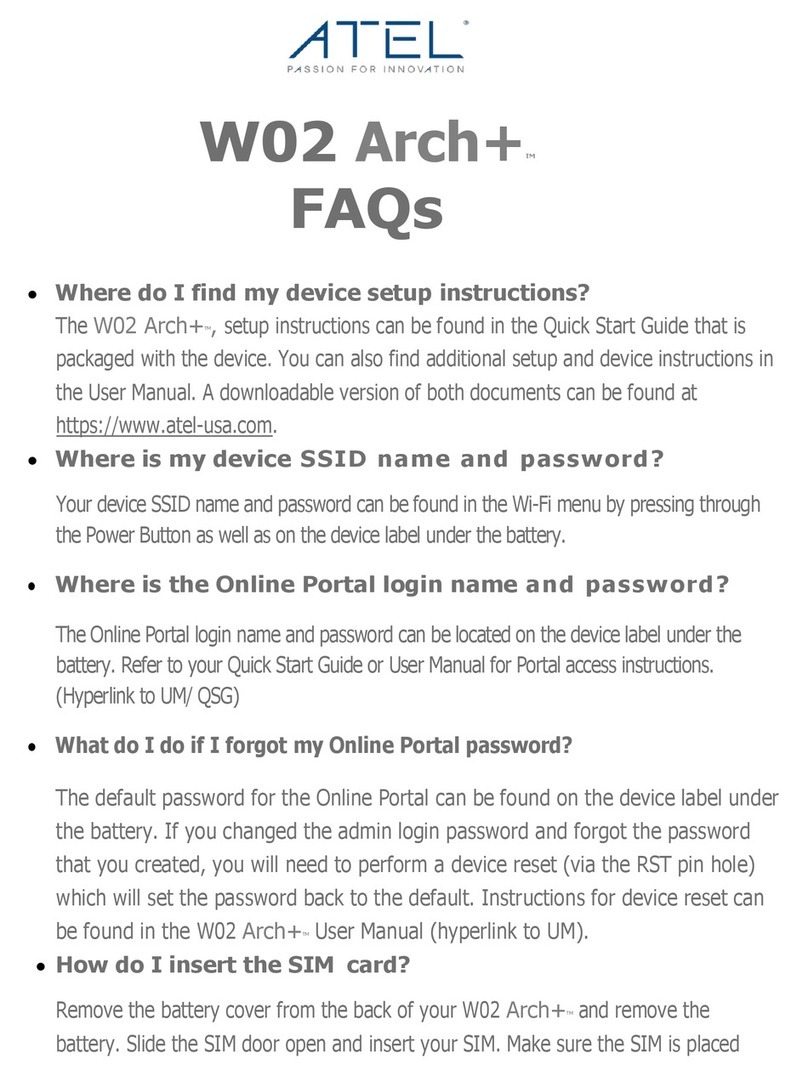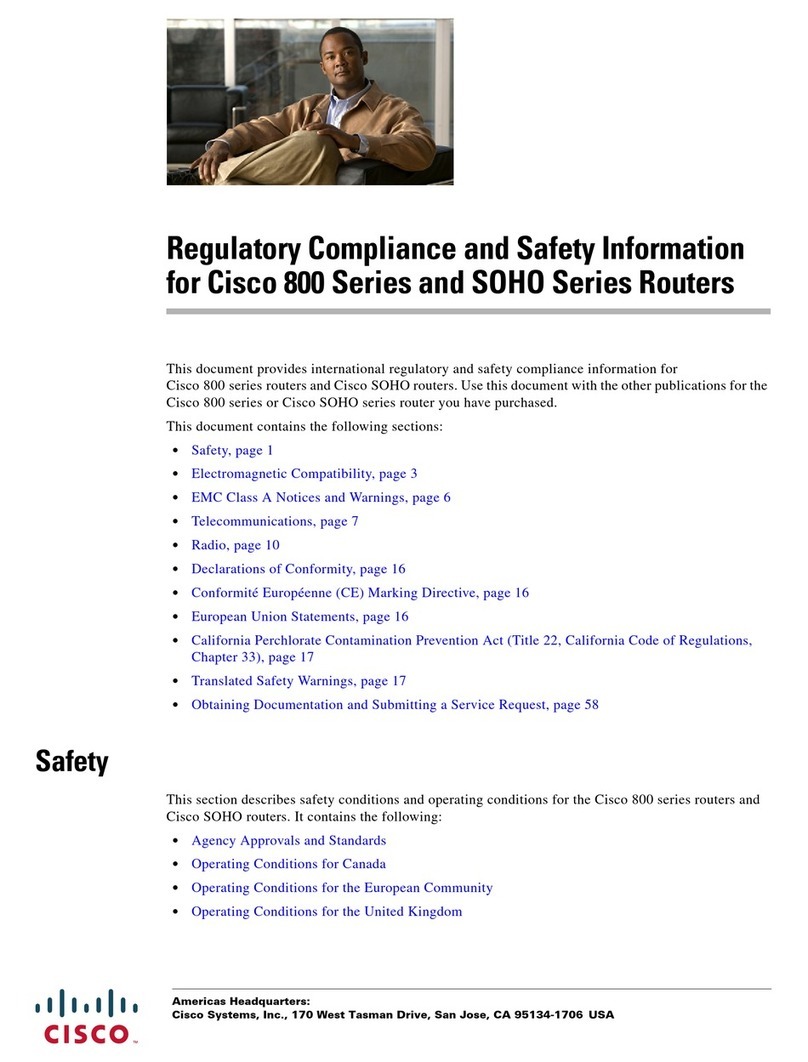Juniper JUNOS J Series User manual
Other Juniper Network Router manuals

Juniper
Juniper M7i Installation instructions
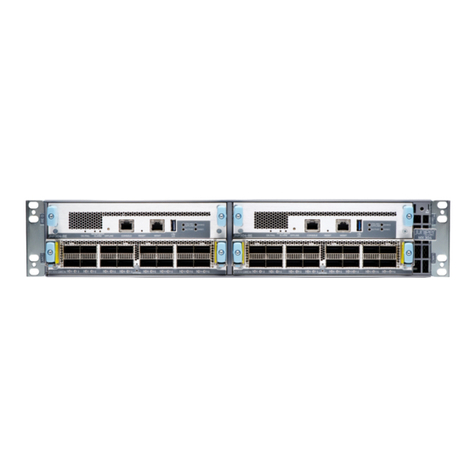
Juniper
Juniper Day One+ MX304 User manual

Juniper
Juniper JCS 1200 User manual
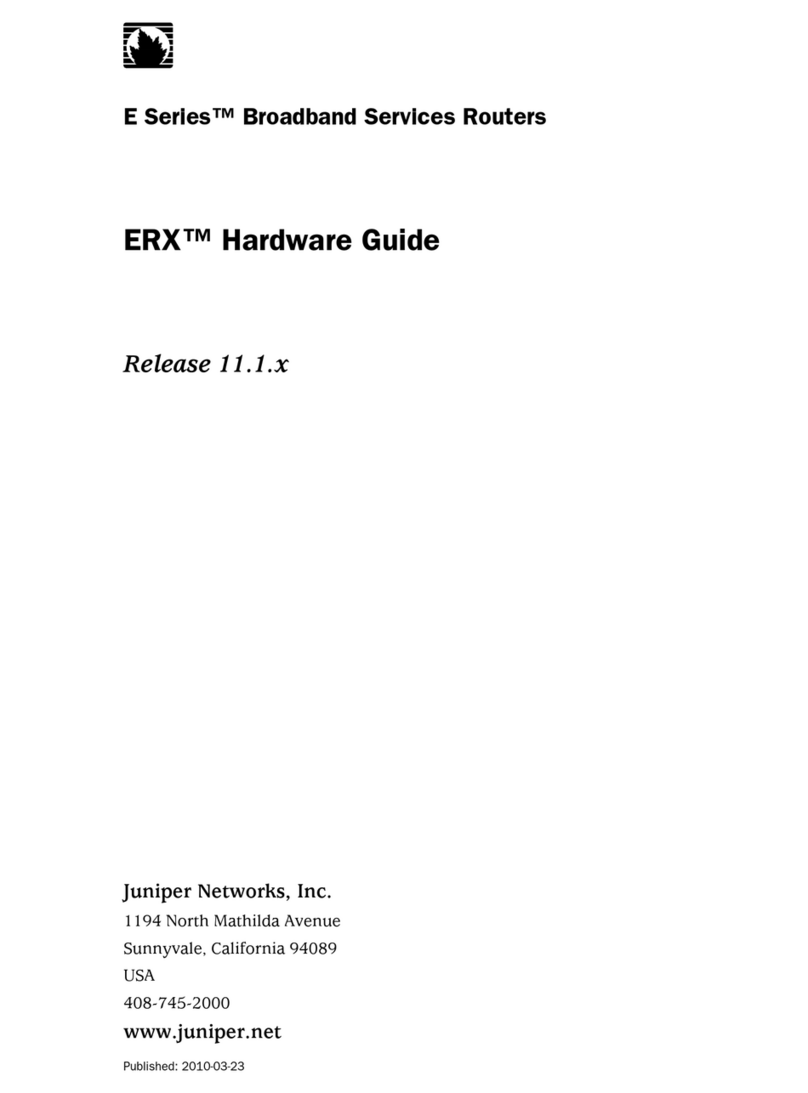
Juniper
Juniper ERX - RELEASE 11.1.X HARDWARE GUIDE... Installation instructions
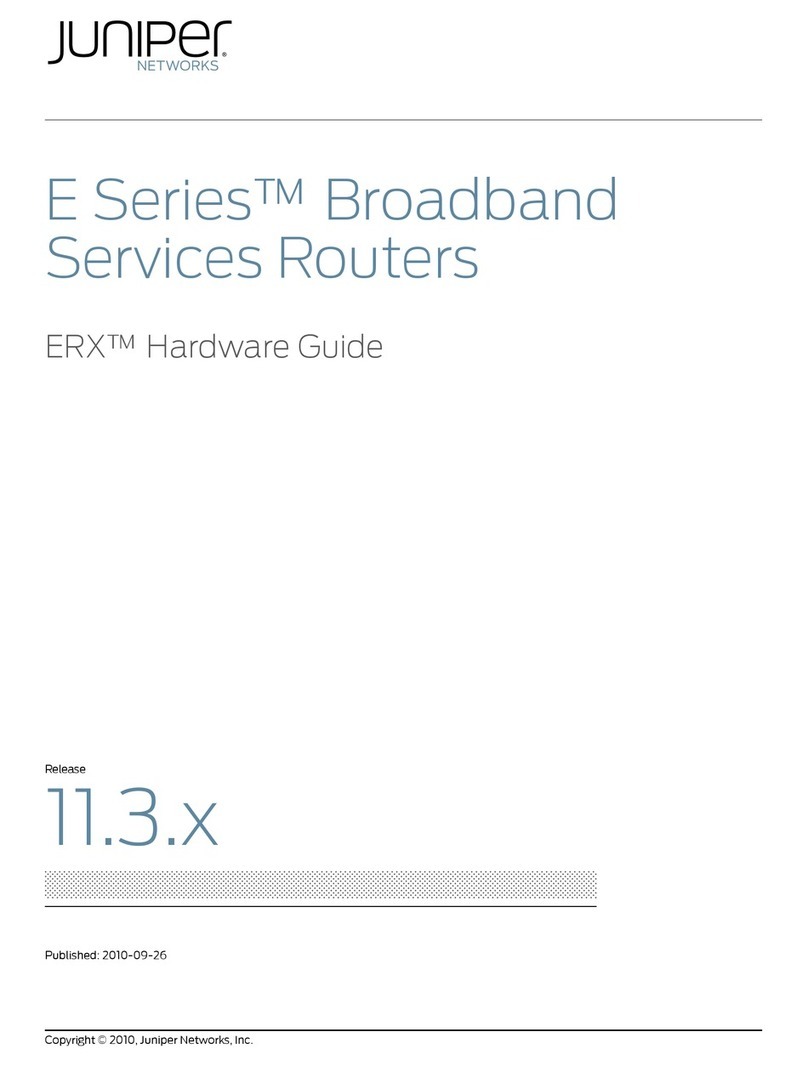
Juniper
Juniper E SERIES BROADBAND SERVICES ROUTERS 11.3.X - ERX HARDWARE GUIDE REV... Installation instructions
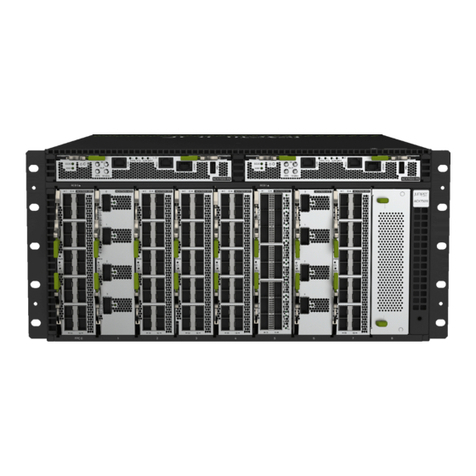
Juniper
Juniper Day One+ ACX7509 User manual

Juniper
Juniper T Series User manual
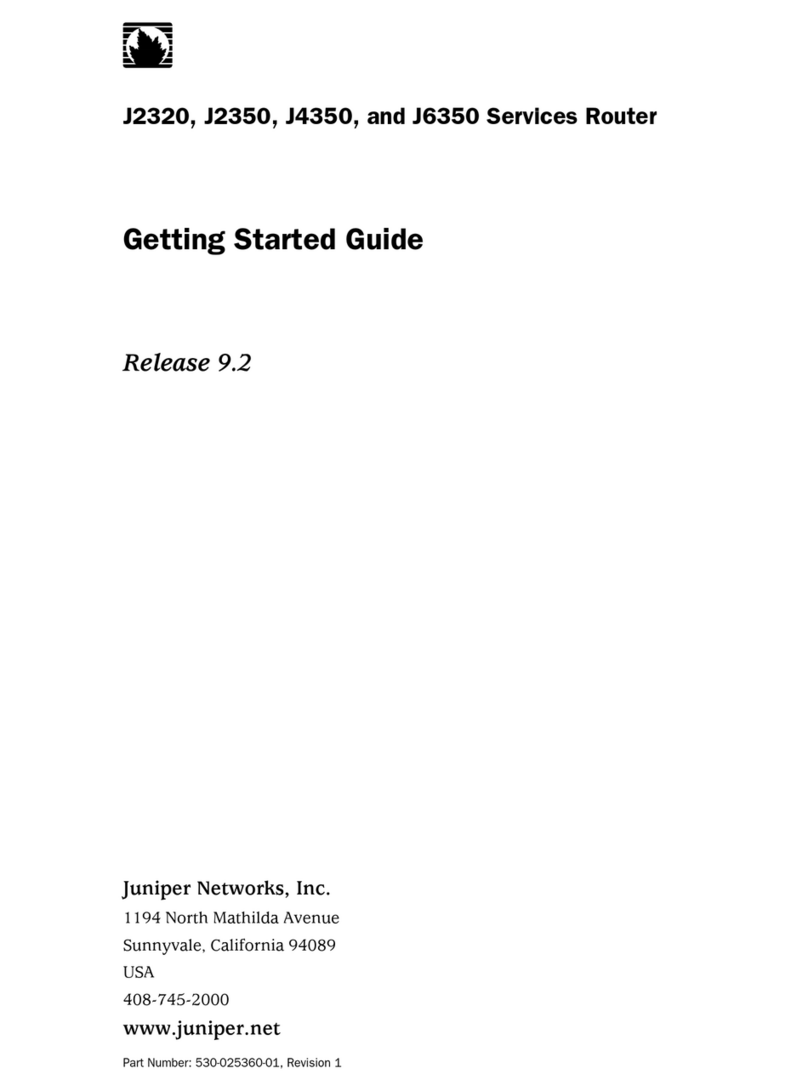
Juniper
Juniper J4350 User manual
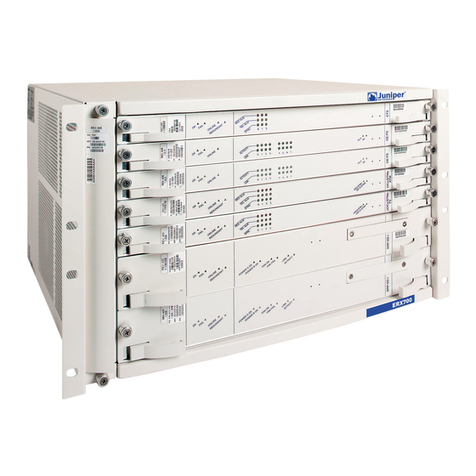
Juniper
Juniper E320 User manual
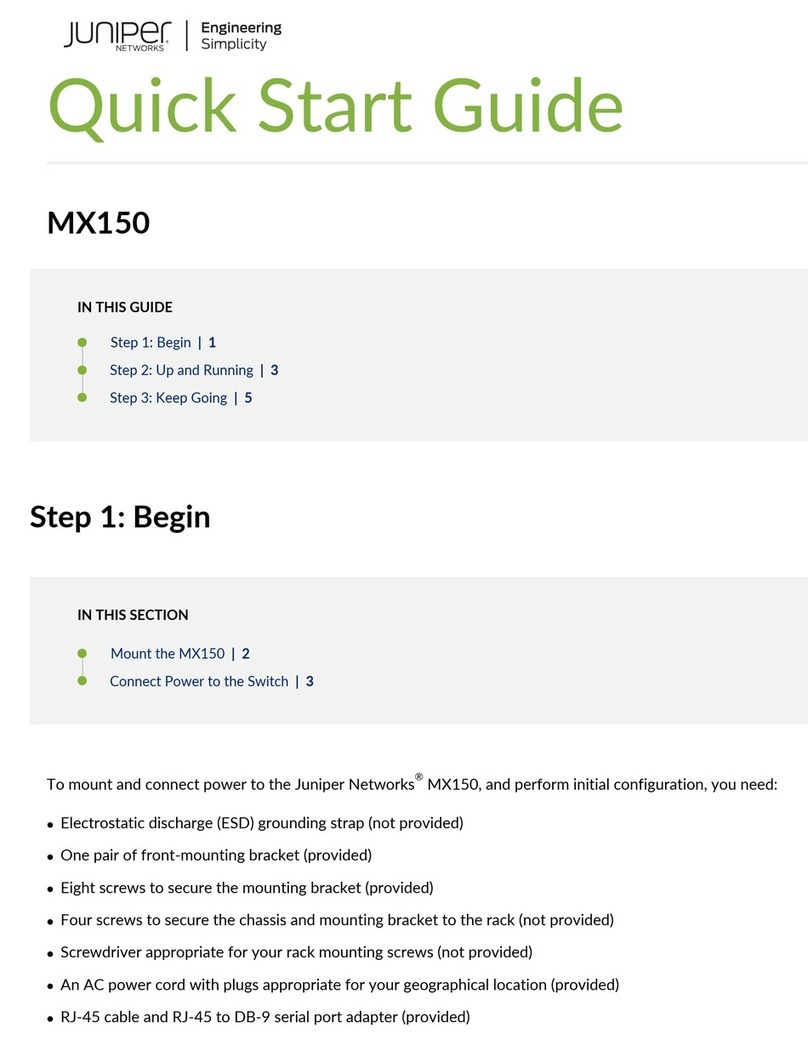
Juniper
Juniper MX150 User manual

Juniper
Juniper T640 User manual
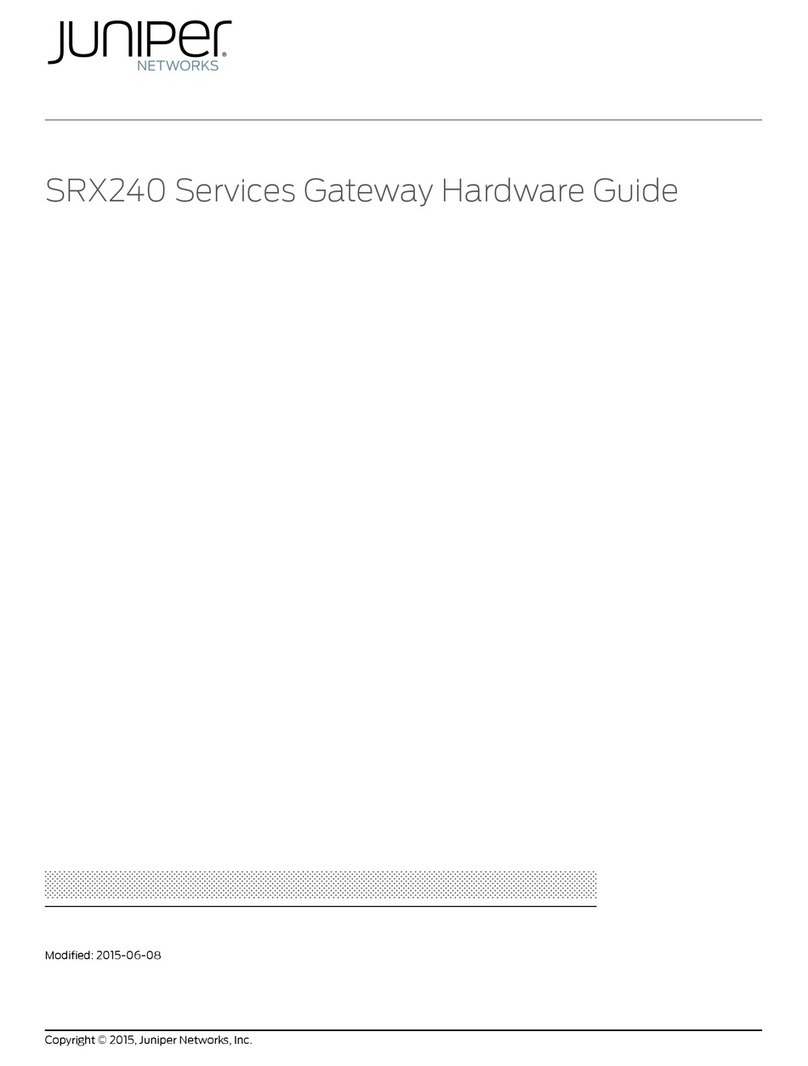
Juniper
Juniper SRX240 Series Installation instructions
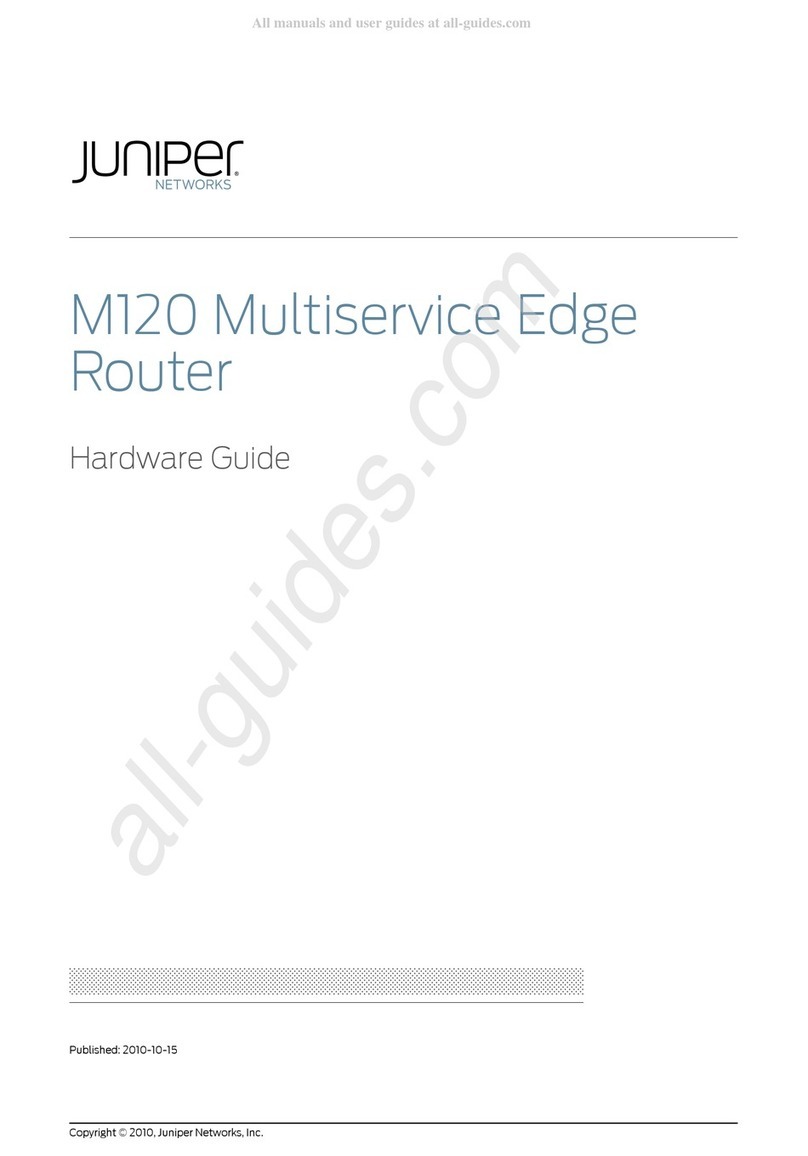
Juniper
Juniper Juniper Networks Installation instructions
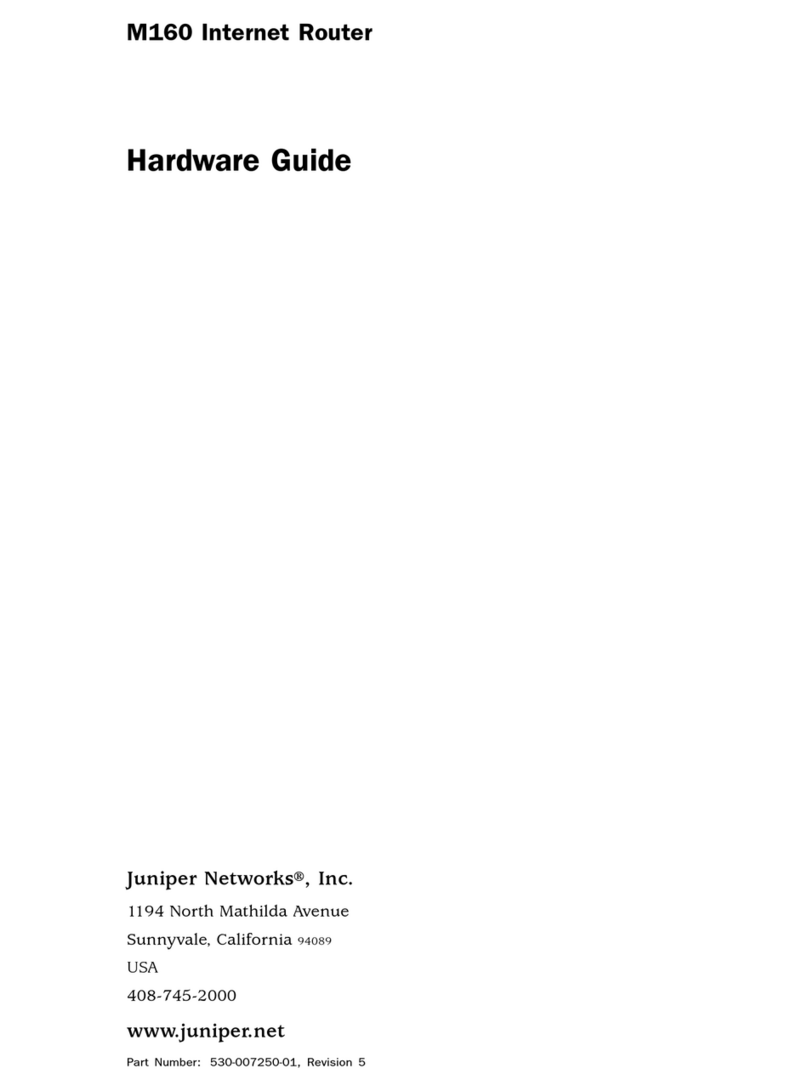
Juniper
Juniper Internet Router M160 Installation instructions
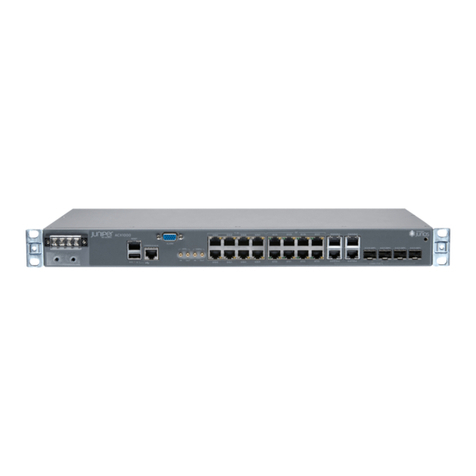
Juniper
Juniper ACX1000 Installation instructions
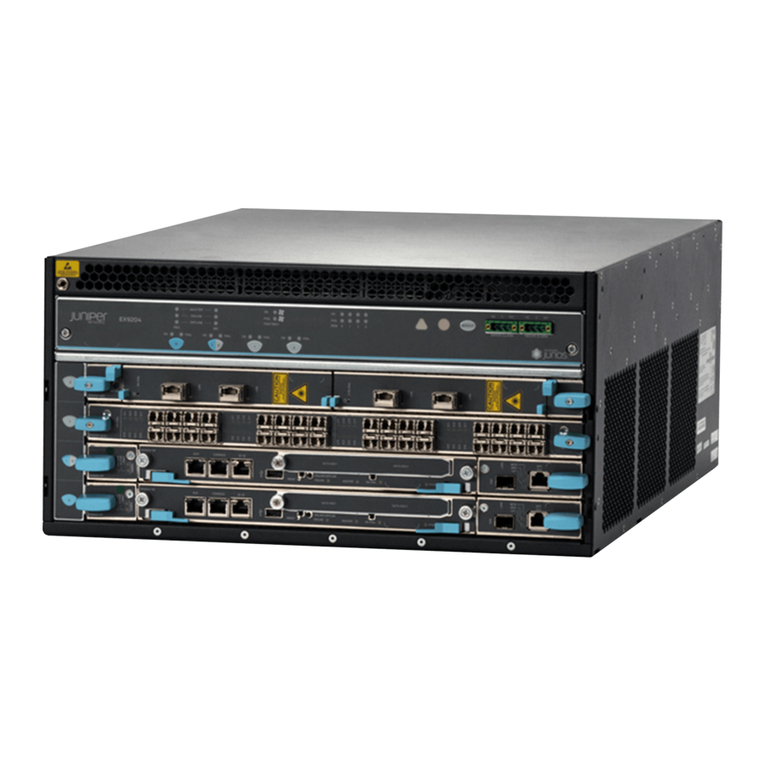
Juniper
Juniper EX9200 Series Specification sheet
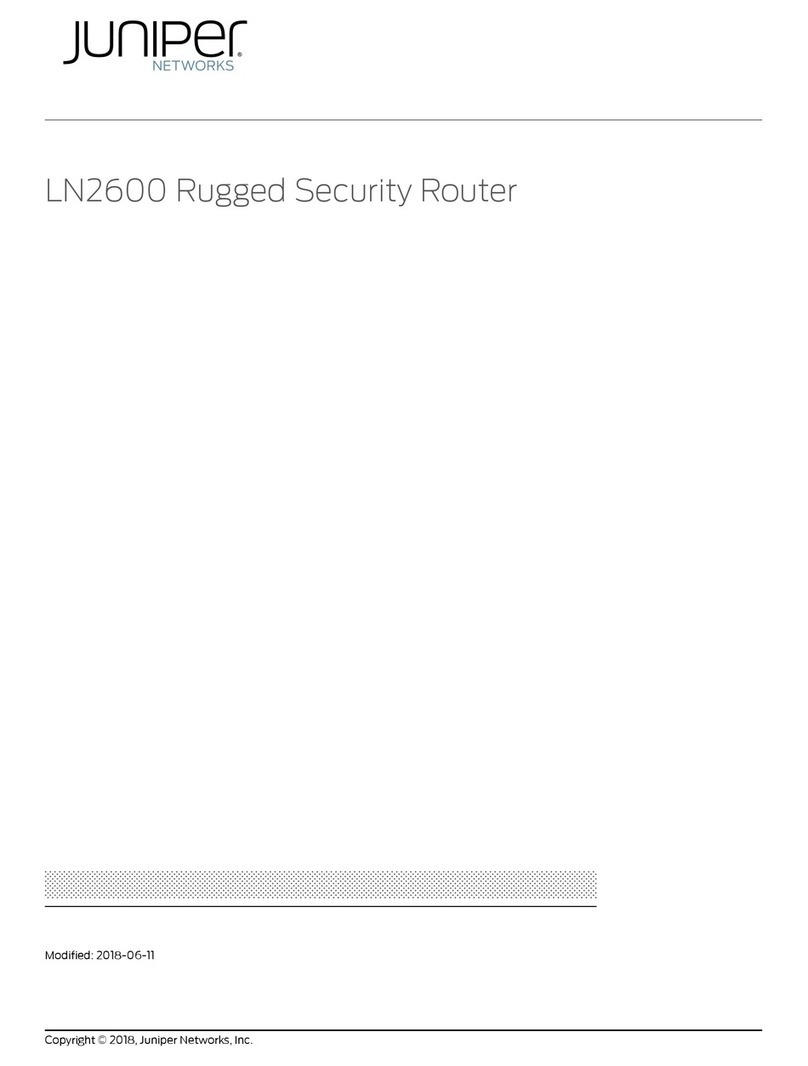
Juniper
Juniper LN2600 User manual
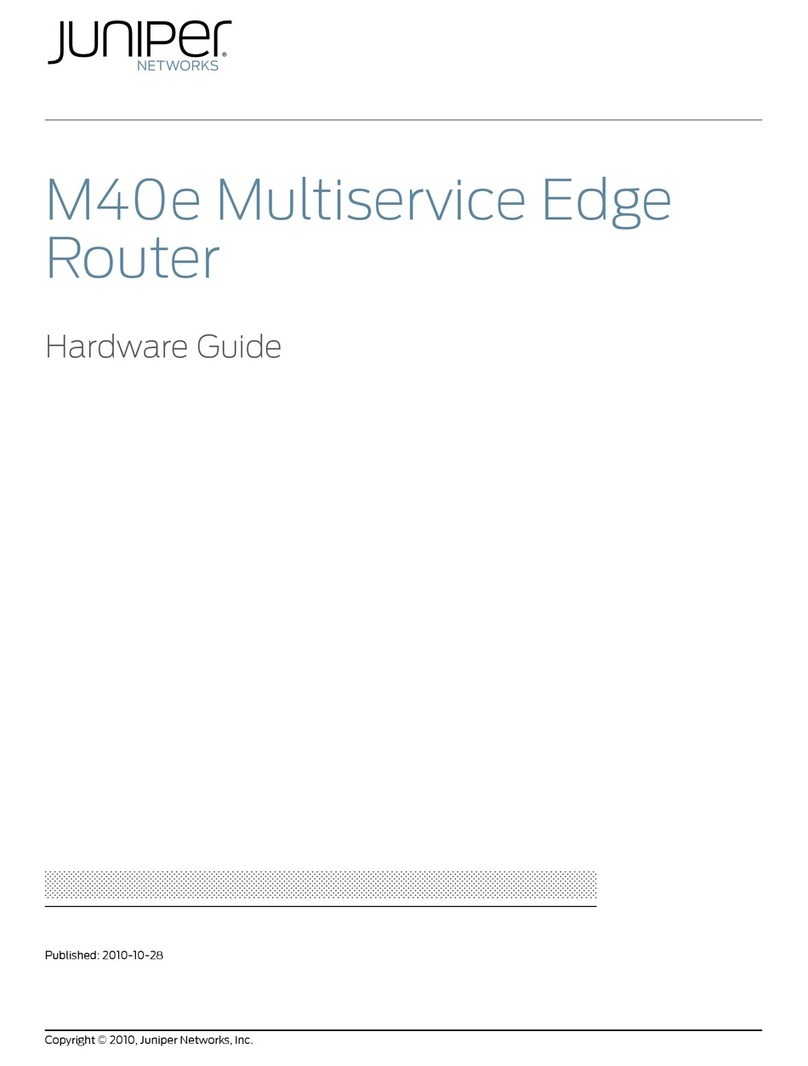
Juniper
Juniper M40e Installation instructions

Juniper
Juniper EX4300 Installation instructions
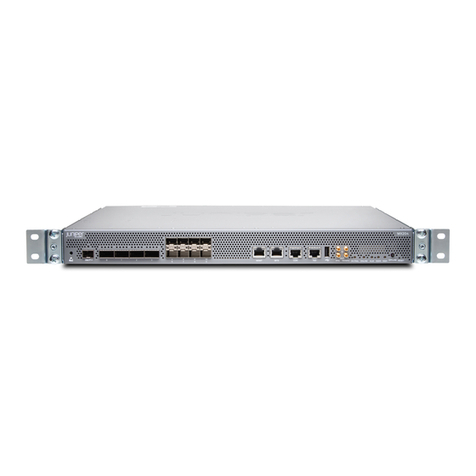
Juniper
Juniper MX204 User manual
Popular Network Router manuals by other brands

TRENDnet
TRENDnet TEW-435BRM - 54MBPS 802.11G Adsl Firewall M Quick installation guide
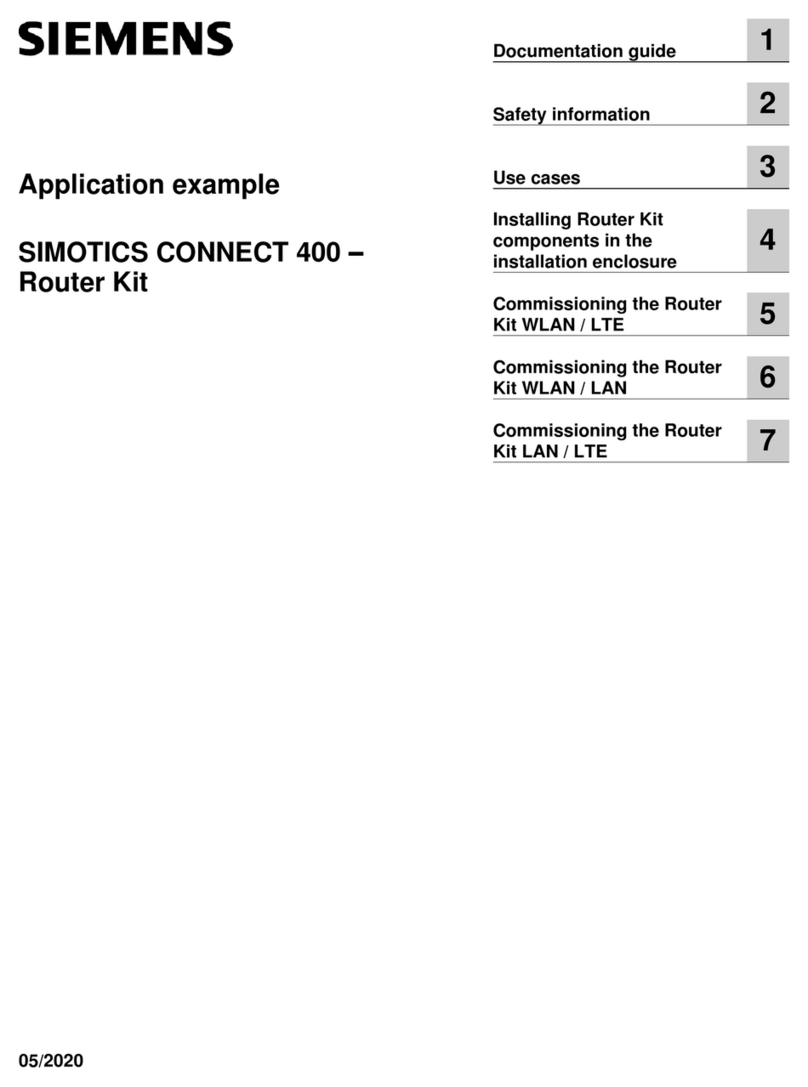
Siemens
Siemens SIMOTICS CONNECT 400 manual
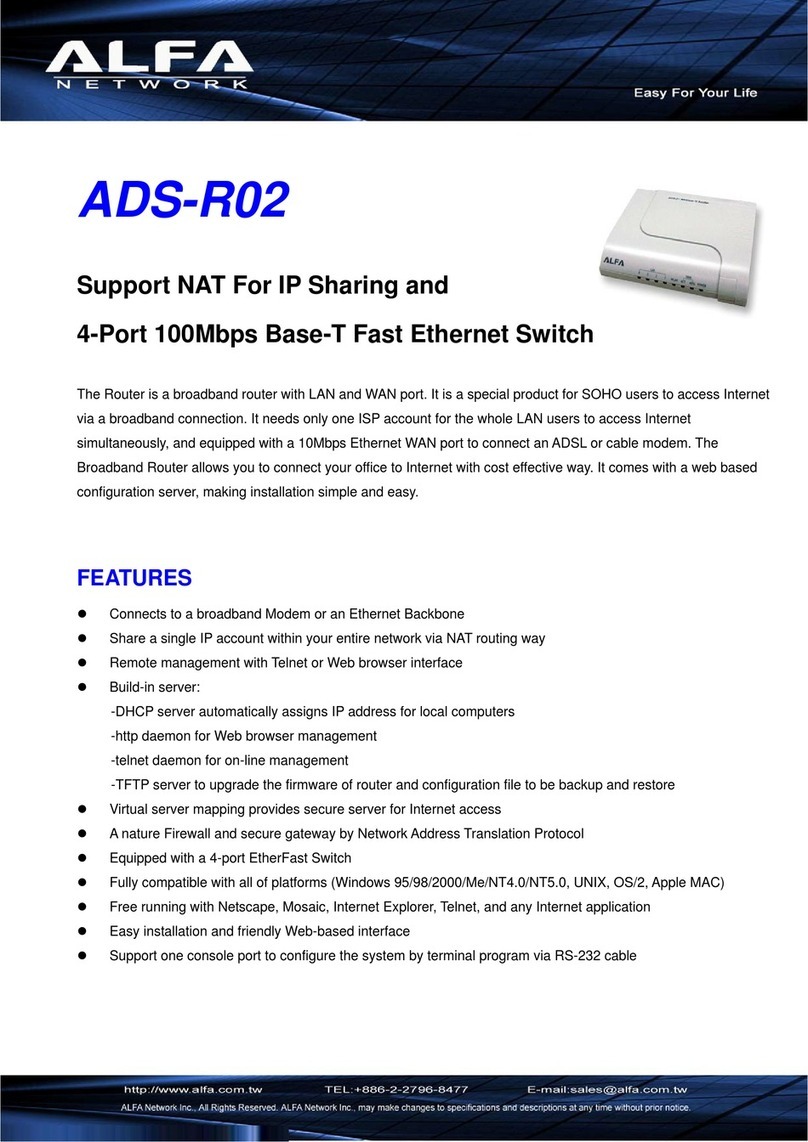
Alfa Network
Alfa Network ADS-R02 Specifications
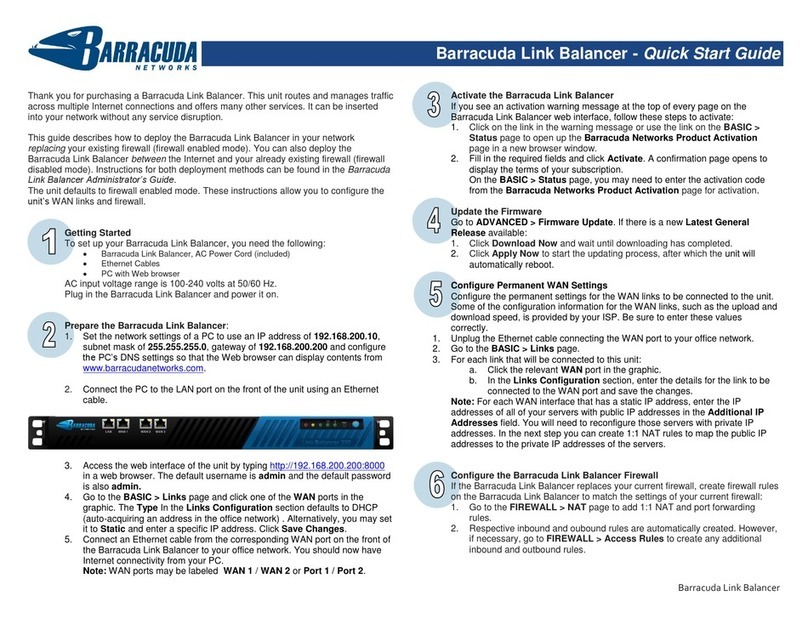
Barracuda Networks
Barracuda Networks Link Balancer quick start guide

ZyXEL Communications
ZyXEL Communications ES-2024PWR Support notes
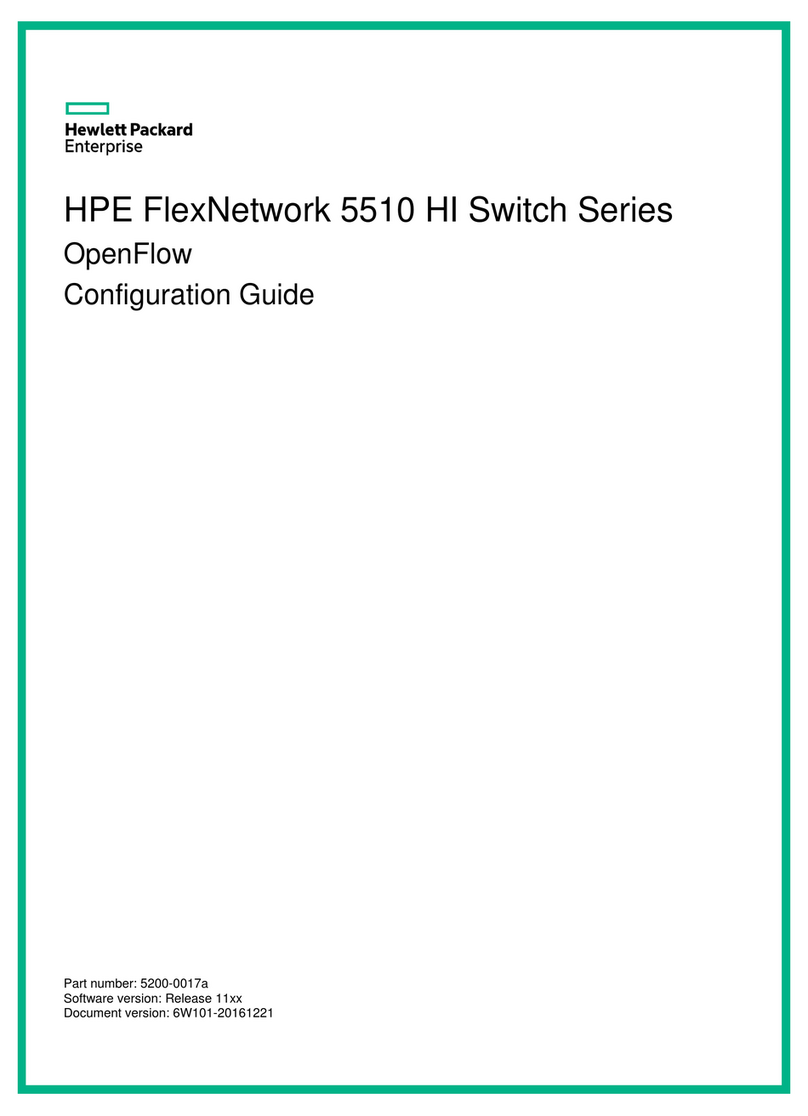
HPE
HPE FlexNetwork 5510 HI Series Openflow configuration guide
